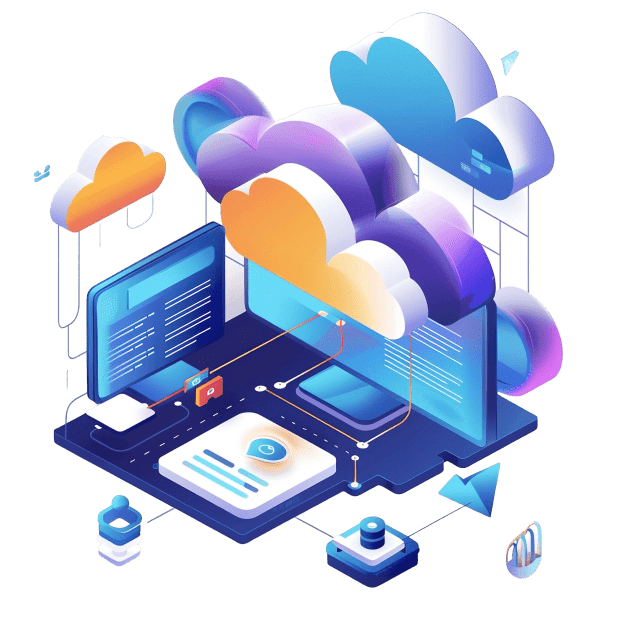AWS Cloud Migration Consulting Services

AWS Cloud Migration Guide

Assessment
Begin with a thorough review of your infrastructure, workloads, and goals to create a customized plan for a smooth cloud migration to AWS, reducing risks and maximizing performance.

Mobilization
AWS migration mobilization sets up a smooth cloud shift. Refine your cloud migration strategy, reduce assessment gaps, and start operations. Develop best practices, governance frameworks, and technologies to expedite your AWS cloud migration.

Migration & Modernization
Migration and Modernization transfer workloads to AWS. Our AWS migration consulting supports business continuity with best practices. Through our guidance on the AWS cloud migration plan, we replace outdated systems with cloud-native technology, efficiency gains, and AWS cloud potential.

Optimization
After AWS migration, optimization boosts performance, lowers costs, and maximizes cloud value. Effective AWS migration consultation optimizes workloads, saves money, and scales. Our personalized cloud migration plan includes monitoring, resource allocation modifications, and automation.
Looking for a Cloud Migration Service to help you? We’re up for the challenge.
Why Choose AllCode for AWS Cloud Migration Services?
- Advanced AWS Cloud Migration Consulting : Our AWS migration consulting team thoroughly assesses your infrastructure, pinpoints which workloads can be migrated, and prepares customized strategies for a seamless migration experience.
- Complete Migration Strategy Support: We offer complete strategic planning-from architecture mapping to dependency analysis–so your migration is secure, fast and efficient.
- Custom-Built Solutions for Every Business : We understand that no two businesses are similar, we plan tailored AWS cloud migration offerings that preserves application functionalities and makes it run faster without high operational costs.

25+
Developer

15+
Solutions Architect

12+
Cloud Practitioner

10+
Machine Learning Experts
- Seamless & Efficient Migration Execution : Using AWS-native tools and best practices, we deliver a smooth cloud migration experience with minimal interruption.
- Post-Migration Optimization & Support :After migration, we perform continuous monitoring and optimization to make your AWS setup more secure, fast, and cost-efficient.
- Proven Experience Across Industries :We have efficiently performed complex migrations for clients across various industries, with virtually negligible downtime.
- Dedicated Support & Guidance :At every stage of the migration, and even after, AWS experts provide proper guidance to your team, ensuring cloud performance remains consistent and future-ready.
Exploring AWS Cloud Migration Strategies
Rehosting
Replatforming
Repurchasing
Refactoring

Rehosting

Replatforming

Repurchasing

Refactoring
Frequently Asked Questions (FAQs)
Why do I need AWS cloud migration consulting services?
How does cloud migration strategy consulting work?
We review infrastructure, map dependencies, and build a customized AWS cloud migration guide to ensure a safe and predictable transfer.

